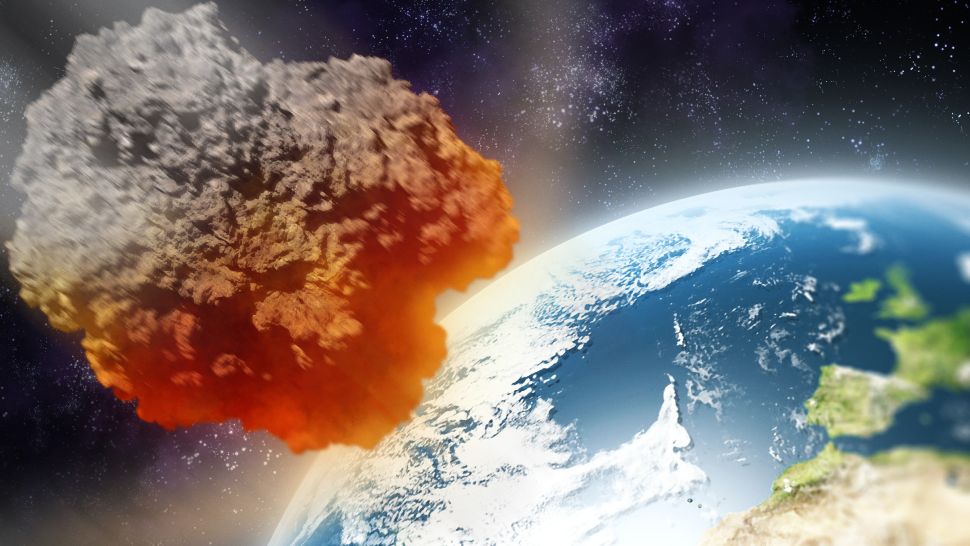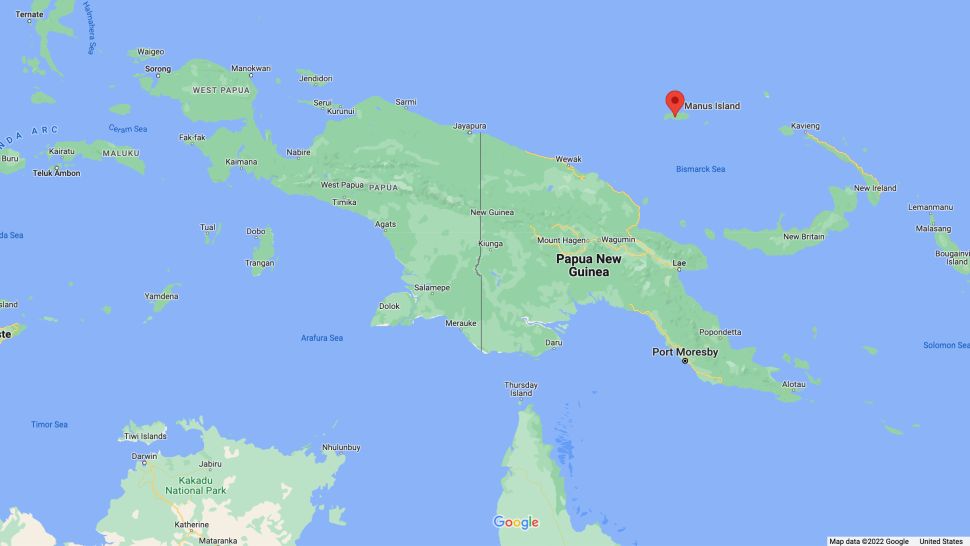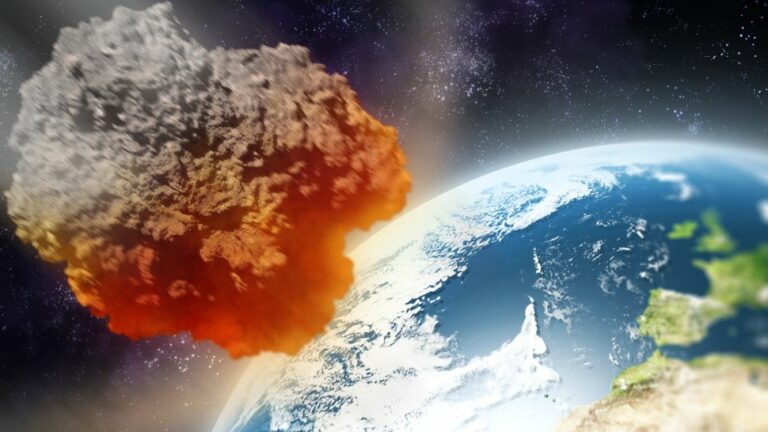Astronomers plan to fish an interstellar meteorite out of the ocean using a massive magnet
The meteorite fell to Earth in 2014.
A tiny meteorite from another solar system that impacted the Pacific Ocean with the energy of almost 121 tons (110 metric tons) of TNT is the alien invader that astronomers are intending to settle on Earth.
The Harvard University team is searching for pieces of the CNEOS 2014-01-08 interstellar rock that crashed onto Earth on January 8, 2014.
According to Amir Siraj, an astrophysicist at Harvard University and the first author of a new paper published on the non-peer reviewed pre-print service ArXiv(opens in new tab) on CNEOS 2014-01-08, “finding such a fragment would represent the first contact humanity has ever had with material larger than dust from beyond the solar system.”

Siraj determined the object’s interstellar origin in a 2019 study(opens in new tab) with 99.999% certainty, but the U.S. Space Command didn’t confirm it to Siraj until May 2022. No one who witnessed the UFO hitting Earth has been identified.
It had roughly 1% the energy of the Hiroshima bomb and hit the atmosphere around a hundred miles [160 kilometers] off the coast of Papua New Guinea in the middle of the night, according to Siraj.
CNEOS 2014-01-08, which is only 1.5 feet (0.5 meters) across, is thought to have been the first interstellar object ever found in our solar system.
That distinction was previously held by an oval object by the name of ‘Oumuamua. The space rock, which was found in 2017 as part of the Pan-STARRS sky survey and sped past our solar system at approximately 57,000 mph (92,000 km/h), was subsequently suggested to be an alien craft by Siraj’s Harvard colleague Avi Loeb. Following the discovery of ‘Oumuamua in 2019, amateur astronomer Gennadiy Borisov in Crimea observed comet 2I/Borisov, the first interstellar comet.
Because it was moving relative to the sun at a speed of 37.2 miles per second (60 kilometers per second), CNEOS 2014-01-08 is believed to come from another star system. That is too quickly for the sun’s gravity to hold it in place.
Any object moving faster than 26 miles per second (42 kilometers per second) at the Earth’s distance from the sun is on an unbounded, hyperbolic escape trajectory, according to Siraj. This indicates that CNEOS 2014-01-08 must have come from beyond the solar system because it “certainly exceeded the local speed limit for bound objects” and “it didn’t cross paths with any other planets along the route.”
Cut to Siraj and Loeb’s $1.6 million Galileo Project, which aims to drop a magnet with king-sized bed-like proportions to the meteorite’s resting place at 1.3 degrees south and 147.6 degrees east. In the Bismarck Sea, a region of the southwest Pacific Ocean, that is about 186 miles (300 km) north of Manus Island.

Siraj claims that CNEOS 2014-01-08 should be considerably simpler to retrieve since it has material strength that is far more than that of an ordinary iron meteorite. The ability of a material to withstand deformation or damage under a load is referred to as material strength. The sort of magnet we intend to use for the ocean mission will attract the iron present in the majority of meteorites, he explained. “It is quite probable that the shards of CNEOS 2014-01-08 are ferromagnetic given their exceptionally high material strength,”
The Galileo Project’s ship would depart from Papua New Guinea and use a magnetic sled on a longline winch that would be towed along the seabed at a speed of 1 mile (1.7 km) for 10 days. It is envisaged that the magnet would be able to retrieve minute meteorite bits that are as small as 0.004 inches (0.1 mm) in diameter.
When the astronomers will be able to launch their journey, though, is unknown. The Galileo Project has already received a $500,000 commitment, but still needs to raise $1.1 million. Siraj thinks that’s a decent deal compared to a space trip.
“A space mission to a future object passing through the Earth’s neighborhood is the alternative way to study an interstellar object at close range,” said Siraj, who along with Loeb is also figuring out the specifics of such a mission should another object similar to ‘Oumuamua appear in the solar system. But that would cost around $1 billion, or 1,000 times as much.
Do not forget to share your opinion with us to provide you with the best posts !





0 Comments